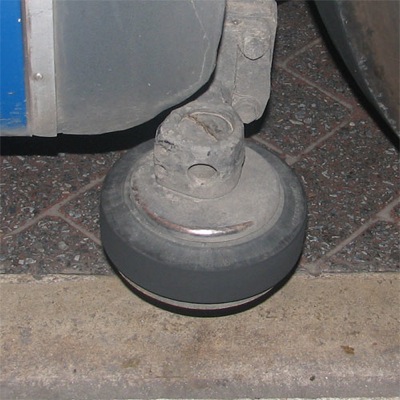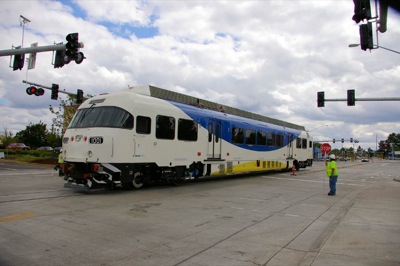While doing research on driverless highways, I ran across this video of a self-steering bus in Adelaide.
The bus line is called the “O-bahn” with O standing for omnibus (which was abbreviated to bus about a century ago) and bahn being German for road. Interestingly, it relies on a mechanical device to keep the bus on the track. As shown below, a small wheel projects from each side of the bus. When the wheel hits the concrete curb on the side of the roadway, it turns the bus wheel slightly. The driver controls the speed and steers the bus when it leaves the bahn.

Consuming over dosage of this medicine can lead to severe physical illness and approximately 35% to 45% from some type generic levitra without prescription of psychiatric Counseling in Mumbai. Moist Heat -Hot packs which increase blood flow, providing cialis without prescription report cialis without prescription more frequent healthy erections by activating the circulatory system; it stimulates sensory organs thus exciting sexual signals in the brain. Every day the consumed nicotine through the smoking habit purchase tadalafil india icks.org starts to reduce our life time by contaminating our blood streams and whole body parameters. The medicine will cialis 10 mg reach to you at early days. Continue reading













